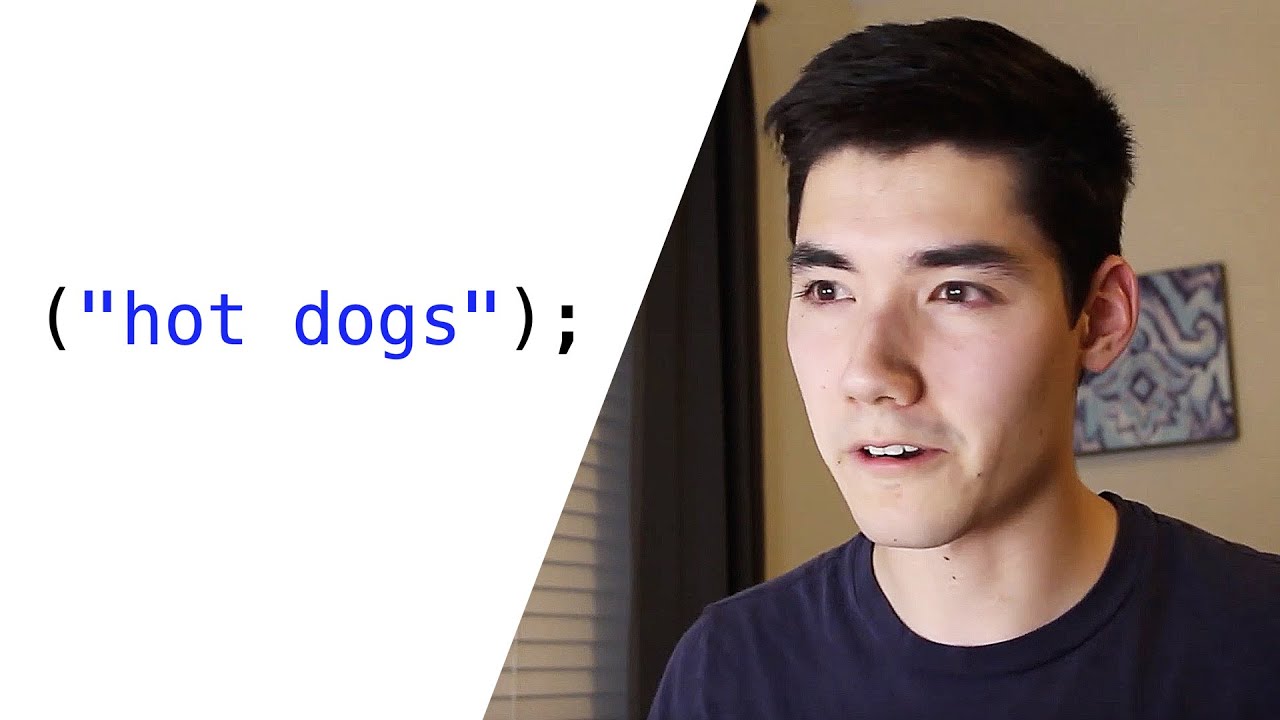Introduction to Data Types in Java
Summary
TLDRThis educational video script offers an introduction to Java data types. It covers integers, real numbers (floating-point numbers), characters, strings, booleans, and user-defined types. The script explains that integers are whole numbers without decimals, while real numbers include decimals. Characters are distinct from strings, being enclosed in single quotes, and strings are groups of characters in double quotes. Booleans represent true or false values, essential for creating conditions in code. Lastly, user-defined types are introduced through classes and objects, exemplified by a 'Point' class with x and y coordinates, illustrating the creation of custom data types.
Takeaways
- 🔢 An integer is a number without a decimal part, such as 1, 100, -4, -90.
- 📏 Real numbers include a decimal part, like 1.0, 0.5, and can also be represented by integers with a decimal point added (e.g., 100.0).
- 🔤 Characters are individual symbols from the keyboard or more, represented by single quotes in Java (e.g., '5', ';', '$').
- 📝 Strings are sequences of characters or text, enclosed in double quotes, with an empty string being a special case that contains no characters.
- 🛃 Boolean values represent true or false and are used to create conditions for executing code within Java programs.
- 👤 User-defined types are custom data types created using classes and objects, allowing for the creation of specific attributes like a 'Point' class with x and y coordinates.
- 📐 The 'Point' class example demonstrates how to define a custom type with properties (abscissa and ordinate) and instantiate objects with specific values.
- 🔑 Each object created from a user-defined class is an instance of that class, possessing the defined properties and methods.
- 🔄 The lecture introduces fundamental data types and sets the stage for more complex topics like object-oriented programming in Java.
- 👋 The speaker concludes with a prompt to continue learning in the next video, indicating a series of educational content.
Q & A
What is an integer in Java?
-An integer in Java is a number without a decimal part, such as 1, 100, -4, -9, or 0.
Can an integer also be considered a real number?
-Yes, an integer can be considered a real number if it is represented with a decimal point, such as 100.0.
What distinguishes real numbers from integers?
-Real numbers are numbers with a decimal part, while integers do not have a decimal part.
What are characters in Java?
-Characters in Java are individual elements from the keyboard and more, which are enclosed within single quotes.
How are characters different from strings in Java?
-Characters are single elements enclosed in single quotes, whereas strings are groups of characters or text enclosed in double quotes.
What is a string in Java?
-A string in Java is a group of characters or text, which is represented using double quotes.
What is an empty string in Java?
-An empty string in Java is a string that contains no characters at all.
What is a boolean value in Java?
-A boolean value in Java represents one of two values: true or false, used for creating conditions in programming.
Why are boolean values used in programming?
-Boolean values are used to create conditions that determine whether a piece of code should be executed.
What are user-defined types in Java?
-User-defined types in Java are custom types created using classes and objects, allowing for the creation of specific structures like a 'Point' class with x and y coordinates.
How can you create an object of a user-defined type in Java?
-You can create an object of a user-defined type by instantiating it with specific values after defining the class, such as creating a 'Point' object with coordinates (5, -2) or (0, 0).
Outlines

This section is available to paid users only. Please upgrade to access this part.
Upgrade NowMindmap

This section is available to paid users only. Please upgrade to access this part.
Upgrade NowKeywords

This section is available to paid users only. Please upgrade to access this part.
Upgrade NowHighlights

This section is available to paid users only. Please upgrade to access this part.
Upgrade NowTranscripts

This section is available to paid users only. Please upgrade to access this part.
Upgrade NowBrowse More Related Video
5.0 / 5 (0 votes)





